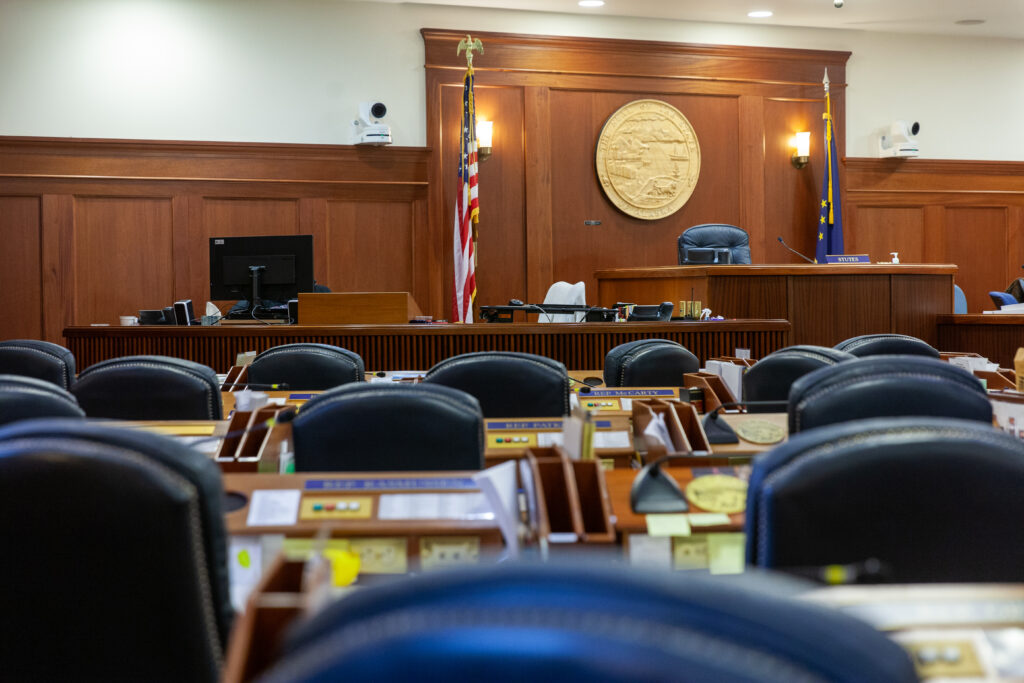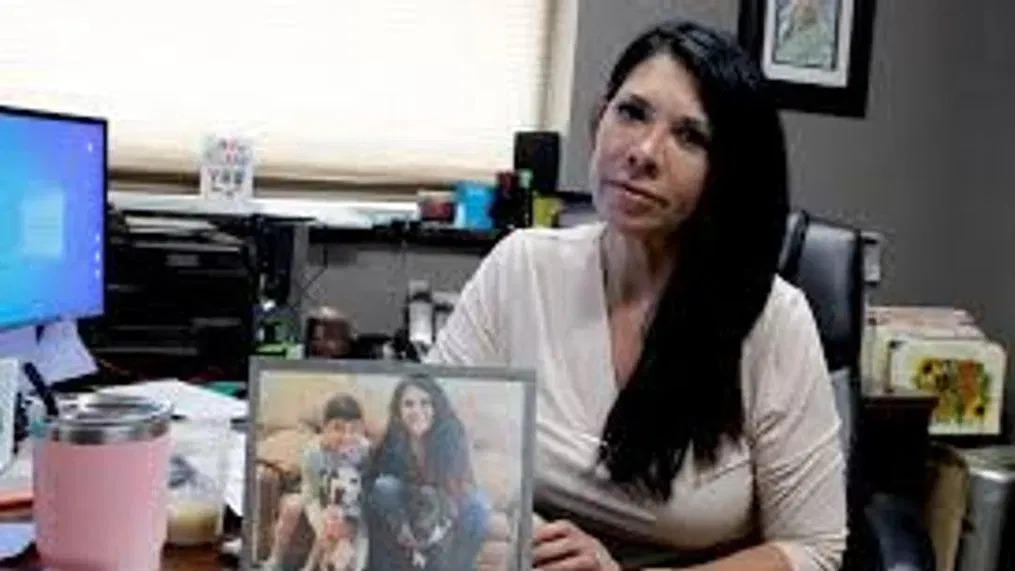Because Alaska could lose $425 million in federal school funds, the Senate Education Committee met in a hurry on April 3 to talk about what the state could do to avoid losing the money.
The committee tried to get to the bottom of why the state stopped following federal law and what they could do to fix it after hearing from an expert on federal policy.
Austin Reid is a presenter. He works for the National Conference of State Legislatures (NCSL) as the Senior Legislative Director for Federal Education Policy.
The NCSL wants the federal government’s Maintenance of Equity policy to be enforced in a way that is flexible.
As part of the American Rescue Plan Act (ARPA), this rule was put in place in March 2021. It meant that states could cut overall education spending and still get ARPA funds, as long as they didn’t cut funds unfairly from a district with a lot of low-income families.
That’s the part that the U.S. Department of Education says Alaska has broken.
But Reid says that states were put in a situation where it was hard to follow these rules for a couple of reasons.
First, it wasn’t possible to tell if states were following the rule until their budgets were approved. Next, “The fact that this guidance was released in mid-June, near the end of the FY 2022 budget process, did not make things any easier from the state legislative perspective when it came to compliance, especially for states that were already done with their legislative session.” This means that lawmakers didn’t have a good understanding of the rules when they agreed to accept the federal funds and then make quick choices about money for Fiscal Year 2022, Reid said.
Reid’s presentation said that between FY 21 and FY 22, Alaska’s education spending went up by more than 6%, and between FY 22 and FY 23, it went up by almost 9%.
But Democrat Senator Loki Tobin said that she didn’t know of any increase in funding for each student. She said, “We know that we didn’t have a Base Student Allocation increase in either of those years, so I’m going to assume this is on debt relief and major maintenance spending, not anything that actually went to the per-pupil spending but especially to other entities.”
In the summer of 2022, the Department of Education sent notes to more than 40 states saying they were not following the Maintenance of Equity provision. “Even though the data shows that education funding has gone up in many states, there was still some surprise and confusion among a small group of us who have been closely following this provision since the beginning.” I can guess that there was a lot of confusion in the states, especially since the letter didn’t say anything about the size and scope of the compliance problems that had been found, Reid said.
Reid said that some of these problems with compliance were caused by the ways that states give out money, which might not match up with federal standards, even if both sides want fairness. “Students from low-income families, students with disabilities, and English learners are common groups that get targeted funding.” Then, funding is sent to schools based on how many students they have and how often they show up to school. It’s possible that many states with foundation funding formulas had trouble following the Maintenance of Equity. “This is probably because of changes in how students are enrolled in different districts,” he said.
However, the federal government has been working with state governments to fix these problems and has been lenient with states that have tried to be fair, taking them off the “bad” list as they go.
“Alaska was one of the last four states left by the end of 2023.” “The department thought that each of these states had tried everything they could to get in line with the law through their previous tolerance proposals or other data calculations,” Reid said.
For Alaska, the Department is asking the state to give an extra $30 million to education.




